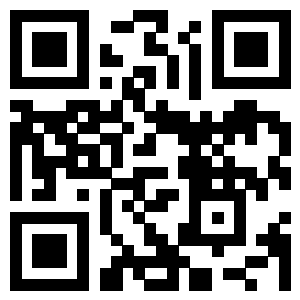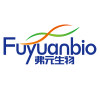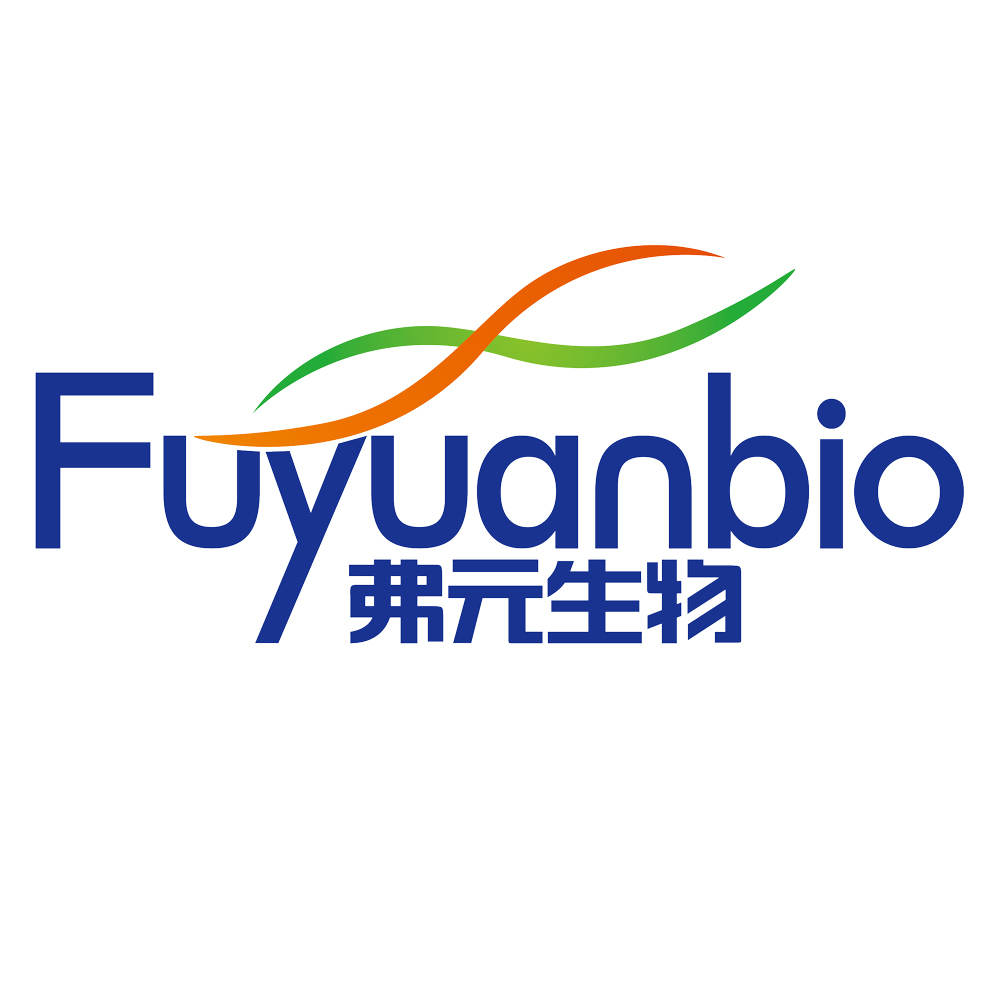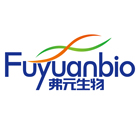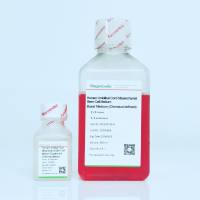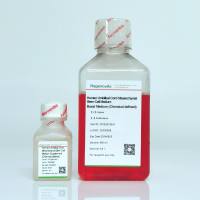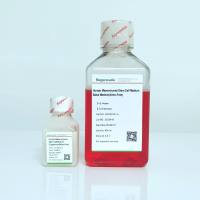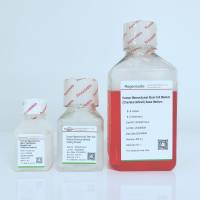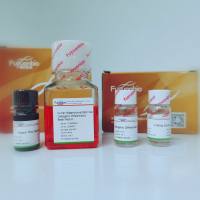弗元(上海)生物科技有限公司
入驻年限:7 年
- 联系人:
弗元生物-再生医学培养基供应商
- 所在地区:
上海 闵行区
- 业务范围:
细胞库 / 细胞培养、试剂、技术服务
- 经营模式:
科研机构 生产厂商
推荐产品
公司新闻/正文
Regenerative medicine medium: Revolutionary developments in the next decade
人阅读 发布时间:2024-04-19 12:07
Regenerative medicine is an emerging research field full of hope and potential. Its goal is to enable the body to self-repair and regenerate, as well as treat diseases and repair injuries. Breakthroughs in this field cannot be achieved without the support of various advanced technologies and innovative drugs, among which regenerative medicine culture medium plays a crucial role.
I. Overview of Regenerative Medicine Culture Medium
Regenerative medicine medium is a term that Fuyuanbio Group researchers particularly like. Currently, there are not many people who call it that. Usually, people distinguish these kinds of mediums in a more fragmented way. Fuyuanbio Group is willing to strive to transform this name category into a driving force and international business card for the development of regenerative medicine in China. Regenerative medicine medium is a special cell culture environment, designed specifically for the in vitro culture of cells, tissues, and organoids in regenerative medicine research, and for the future reconstruction of organs. It aims to simulate the microenvironment of the human body, or create a more suitable environment than the internal environment, providing optimal conditions for cell survival, growth, and functionalization. These medium contain a variety of nutrients, growth factors, and other essential components to support cell proliferation, migration, differentiation, and functional expression.
- Types and applications of regenerative medicine culture medium
It can be roughly divided into the following categories according to their purposes and functions:
Stem cell culture medium: It aims to expand and cultivate stem cells and provide sufficient seed cells for regenerative medicine. Common types include embryonic stem cell culture medium, mesenchymal stem cell culture medium, hematopoietic stem cell culture medium, etc.
Cell differentiation induction medium: The purpose is to continue the differentiation of the acquired seed stem cells and induce the functional specialization of the cells. This type of medium is often cultured in stages. Common examples include pluripotent stem cell cardiomyocyte differentiation induction medium, pluripotent stem cell liver differentiation induction medium, mesenchymal stem cell osteogenic differentiation induction medium, mesenchymal stem cell adipogenic differentiation induction medium, etc.
Organoid culture medium: A type of culture medium used to induce pluripotent stem cells to form functional and specialized mini-organs for the purpose of obtaining emerging technologies in regenerative medicine, such as Furoyuan Biotechnology's definitive endoderm differentiation medium, liver organoid induction differentiation medium, kidney organoid induction differentiation medium, lung organoid induction differentiation medium, liver organoid maintenance medium, and lung organoid maintenance medium.
Extracellular matrix material: regulation of cell adhesion conditions and cell microenvironment, which can be separately classified as a category for the time being. It may become a component of the culture medium in the near future, but for now it is not broken down further.
Based on the components of the culture medium, it can be roughly divided into:
Serum-containing medium: a more traditional type of medium containing compound components such as fetal bovine serum and human serum. This type of medium still has certain advantages in expanding cells and is relatively inexpensive. However, it can be concluded that it should be withdrawn from clinical applications in regenerative medicine by 2030.
A culture medium without external components: Simply put, using cells containing animal derived serum for the treatment of human diseases can bring infectious disease risks similar to mad cow disease. Replacing animal derived components with human serum, platelet lysate, and other components should feel much safer. However, at a turning point, we all know that some human infectious diseases, such as AIDS, are not less likely to be infected than those from animals. So, let's put it this way, within the next decade, this culture medium will also withdraw from the clinical application field of regenerative medicine.
A medium with completely clear chemical composition: this is the highest level of serum-free medium, which is what we usually refer to. This medium has clear chemical composition, without the risk of introducing infectious diseases, and is more in line with the controllability of modern drugs. It is an inevitable trend. Of course, this is also the most difficult to achieve. It has been used in vaccine production and other fields, but it seems that it has not been completely solved in the field of regenerative medicine. Fuyuanbio has launched a human umbilical cord mesenchymal stem cell medium with completely clear chemical composition, and there are many types of medium being studied with the goal of completely clarifying the chemical composition. Many institutions at home and abroad are also making efforts, but the gap between domestic and foreign is blurred, and it is expected that China will be far ahead.
III. Prospects and Challenges of Regenerative Medicine Culture Medium
With the deepening of regenerative medicine research, the development of regenerative medicine culture medium has also made significant progress. In the future, regenerative medicine culture medium will develop towards a clearer and more personalized direction to meet the needs of different purposes, different diseases, and tissue repair. At the same time, with the advancement of cell chip technology, regenerative medicine culture medium is expected to achieve more complex tissue structure reconstruction.
However, regenerative medicine culture medium still face some challenges. Firstly, further research is needed to ensure the function and safety of cells in vitro. Secondly, how to achieve large-scale production to meet clinical needs is also a key issue. In addition, the production cost of customized regenerative medicine culture medium is high, which limits its wide application in clinical practice. Of course, cost reduction will be achieved gradually through our efforts, and we should not consider cost too much at present.
4、 Conclusion
As a key component of regenerative medicine, regenerative medicine culture medium is the underlying technology of regenerative medicine and the "computer chip" of regenerative medicine, with the mission of cell growth in vitro and tissue repair. With the continuous progress of technology and in-depth research, Fuyuanbio firmly believes that more advanced and practical regenerative medicine culture medium will bring revolutionary changes to the future fields of medical treatment and tissue engineering. In the next decade, regenerative medicine culture medium will surely develop explosively. Fuyuanbio produces it, please contact us if you want to reproduce it.
